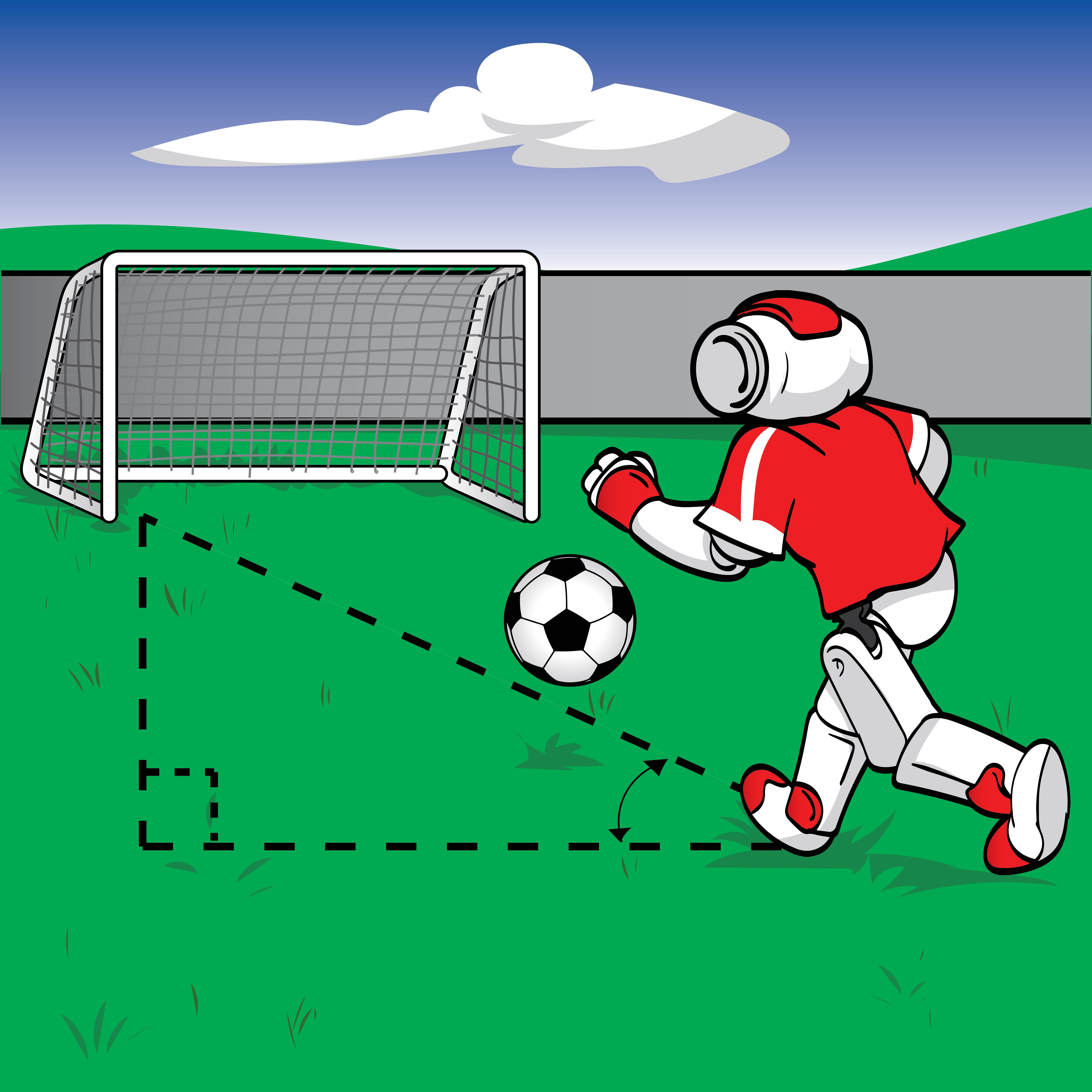 Photo by Antoine Dautry on Unsplash
Photo by Antoine Dautry on Unsplash
Rigorous PBL units in middle and high school math answer the age-old student question: “When am I ever going to need this?”
Taking the plunge into project-based learning can seem difficult in an age when standardized testing seems to reign supreme as an indicator of achievement in secondary classrooms. But the pathway to project-based learning doesn’t have to be scary for secondary math teachers. Utilizing your own expertise and curriculum materials, you can create projects that are real, relevant, and rigorous, and that answers the age-old question, “When am I ever going to need this?”
SELECTING A PROJECT TOPIC
Project-based learning challenges students to answer or solve real problems in an authentic and meaningful way. Authenticity is key to ensuring that students are invested in the project. One of the best ways to determine what students will find relevant is to survey them. By repurposing the traditional beginning-of-the-year student inventory, you can build in specific questions about students’ interests and passions, goals, and aspirations. Then, along with keeping an eye on current events, you’ll be able to identify relevant topics that can serve as the foundation for a project-based learning experience.
For example, access to the internet has been a long-standing issue in certain communities, and remote learning has highlighted and exacerbated these issues for many of our students. Another timely topic is the spread of communicable diseases.
CHOOSING APPROPRIATE MATH CONTENT
Determine the suitable math content to connect with the topics you’ve chosen. While not every content standard is an appropriate standard for a project, it’s important to consider the domain of rigor for the standard (applicable, conceptual, procedural), as well as the role of the standard within a curriculum. Prioritizing standards that meet a combination of applicable rigor, Common Core modeling standards, and/or Widely Applicable Prerequisites (WAP) standards will ensure that you’re utilizing standards that are rich in opportunity for deep learning throughout the project process.
With the internet-access issue, students in geometry class can use circles and coordinate geometry overlaid on maps of their city or town to analyze cell service in rural and urban areas to address the digital divide and connectivity issues within their community.
For the spread of disease, functions provide a great background on which to build a project-based learning unit. Functions model relationships between variables and are useful for designing projects around communicable diseases like the cold, the flu, or Covid-19 and how to slow or stop the spread through analyzing data and modeling with exponential functions. You can design projects around data analysis and modeling of spread using actual data from the real world or simulate the spread of germs in the classroom or school building using glow powder, and collect data from the simulation.
Project-based learning gives you the opportunity to represent problems algebraically (through creating equations, writing functions, graphing, and analyzing graph features). Help students discover the complexities of credit and loans when preparing plans for financing their future by bringing algebraic exponentials and rationals to life through the study and application of financial formulas.
PLANNING THE PROJECT
When designing your project, your textbook or curriculum can serve as a great anchor, providing students with familiar resources and structures for acquiring mathematical content knowledge and skill practice.
It’s helpful to break the project down into manageable chunks, or milestones, each with its own driving question. Use these driving questions to determine the best content from your curriculum to include within that milestone. You can then select the appropriate lessons and practice assignments from your curriculum that will support the students’ learning but be prepared that it may alter the order in which you teach some of the lessons.
INCLUDING TEST PREP
In addition to the inherent elements of critical thinking that arise within each project-based learning experience, there are clear connections between projects and preparation for standardized assessments, such as the SAT.
Incorporate skills from the “Problem Solving and Data Analysis” section of the SAT Study Guide, directly within a project through project launches, where data is presented and discussed to elicit critical thinking, reasoning, and sense-making as students develop their need-to-know questions. Focusing on data relevant to the project through daily or weekly data talks provides additional opportunities for students to practice these reasoning skills.
Additionally, you can focus on associated topics from the “Heart of Algebra” and “Passport to Advanced Math” sections of that study guide. Project-based learning provides the lens to view algebra contextually, giving you the opportunity to support students in representing the problems algebraically (through creating equations, writing functions, graphing, and analyzing graph features). For projects with a focus on geometry or trigonometry, you can make direct connections to the “Additional Topics in Math” section through geometric modeling and analysis and problem-solving with trig or complex numbers, as appropriate.
We have the ability to use our expertise and our resources to provide authentic and engaging project-based learning experiences within our secondary math classrooms. There are many possible projects—analyzing the geometry of packaged goods and recycling statistics to determine the environmental impact and proposing more sustainable alternatives, or using systems of equations to analyze time and budget constraints to better determine student lunch options. Because of these rich project-based learning experiences, ultimately it will be not the teacher but the student who has the answer to the age-old question “When am I ever going to need this?”
Discover more PBL in Math with RobotLAB!



